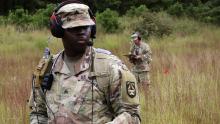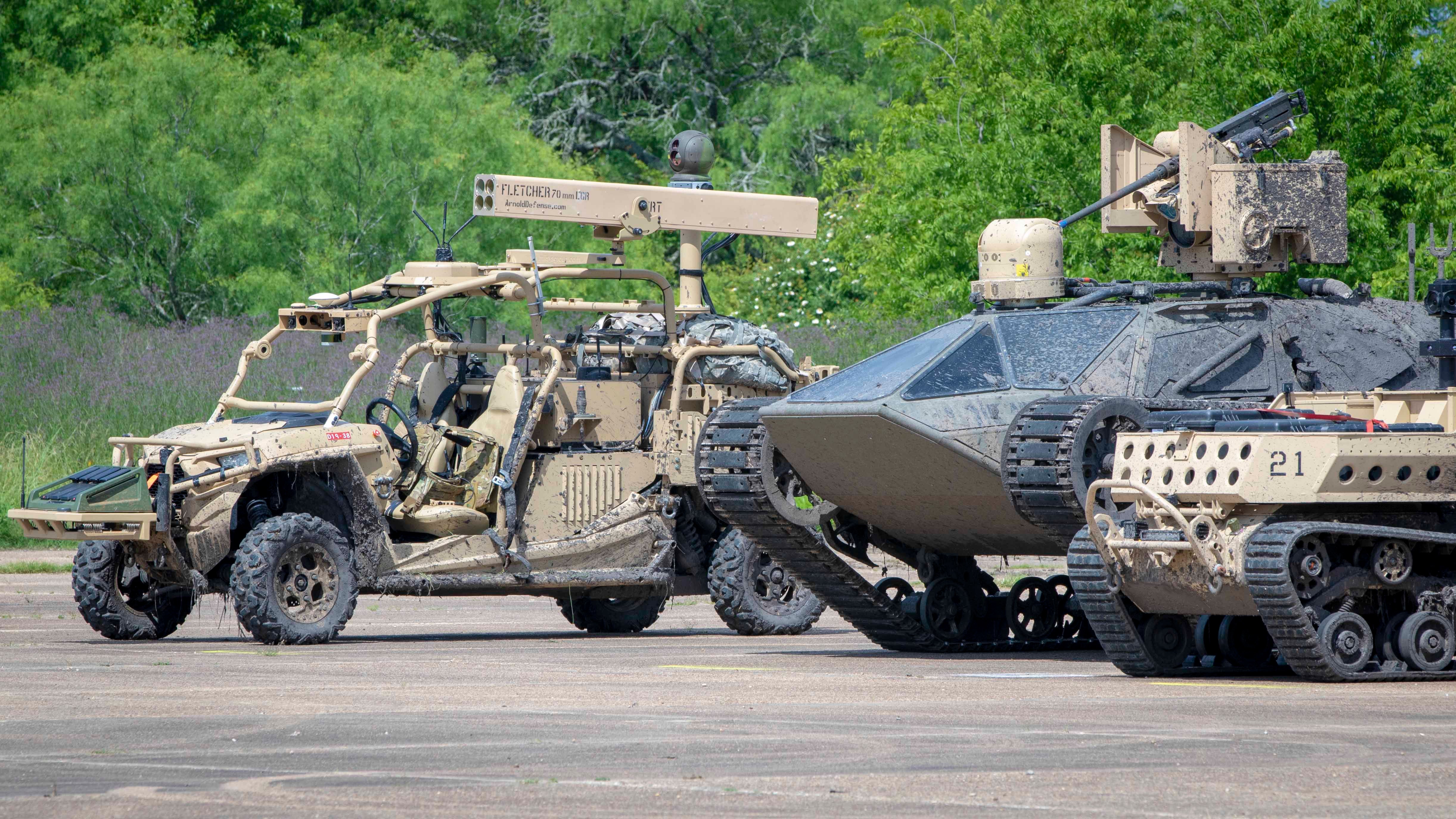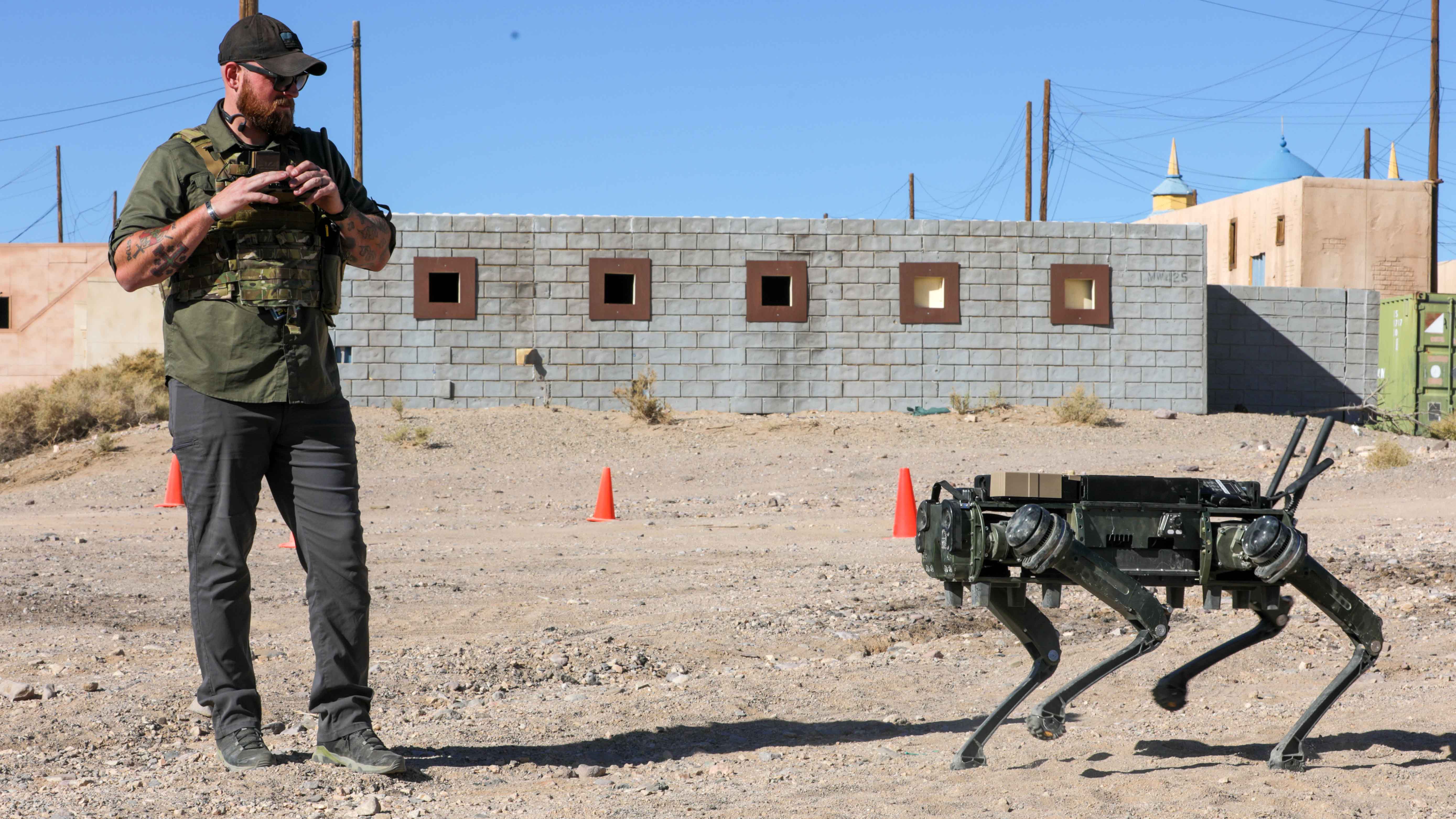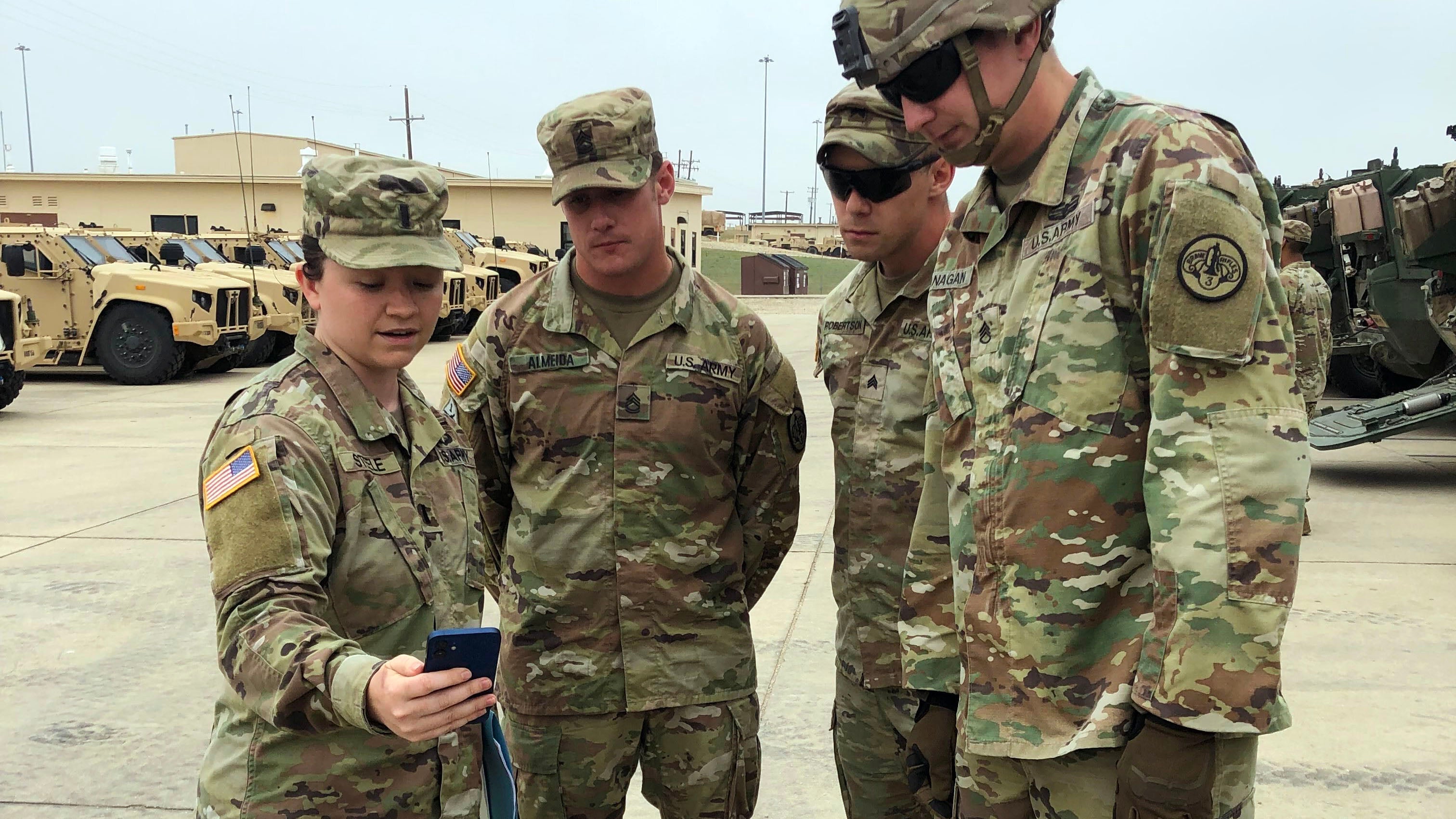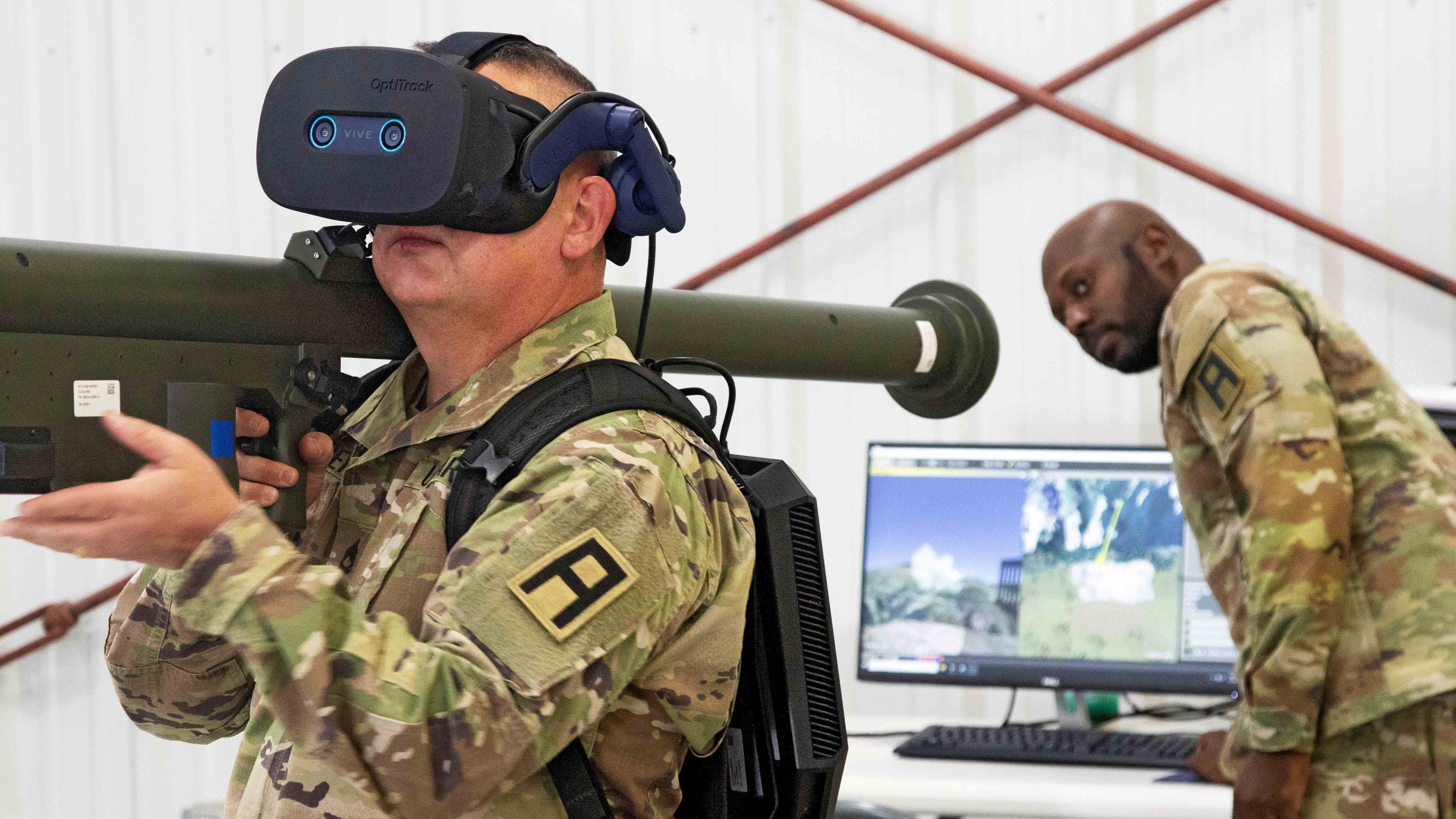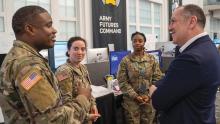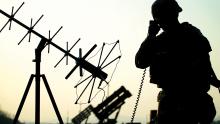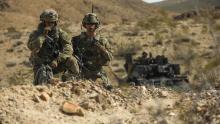AUSA Member Receives National Medal for Innovation
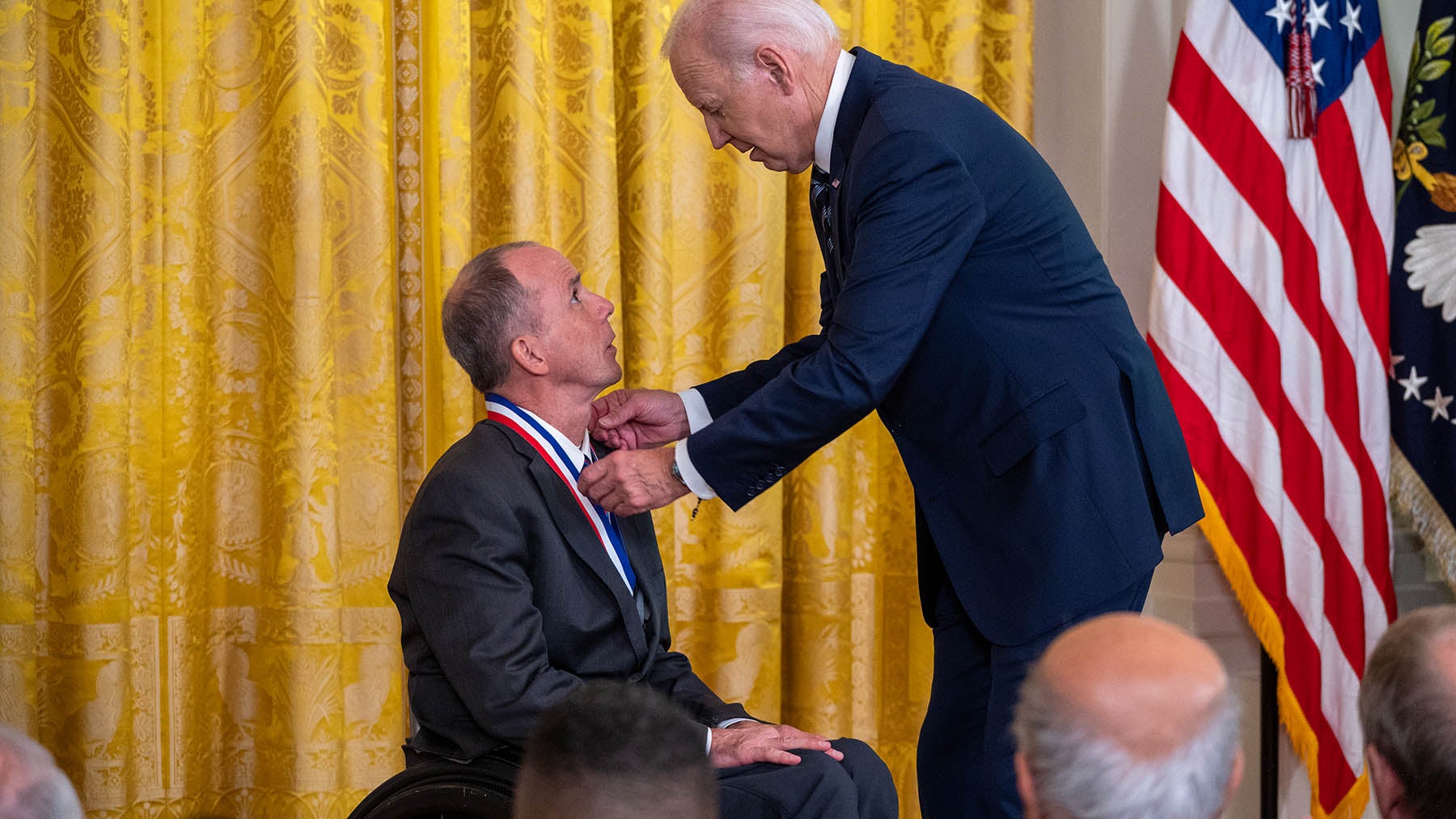
Rory Cooper, a life member of the Association of the U.S. Army’s Fort Pitt chapter, recently was honored at the White House for his work developing cutting-edge wheelchair technologies and mobility devices.
Cooper, who works with the University of Pittsburgh and the Department of Veterans Affairs, received the National Medal of Technology and Innovation from President Joe Biden during an Oct. 24 ceremony.
Through his work, Cooper has empowered the lives of “millions of Americans,” according to the citation accompanying his award.


